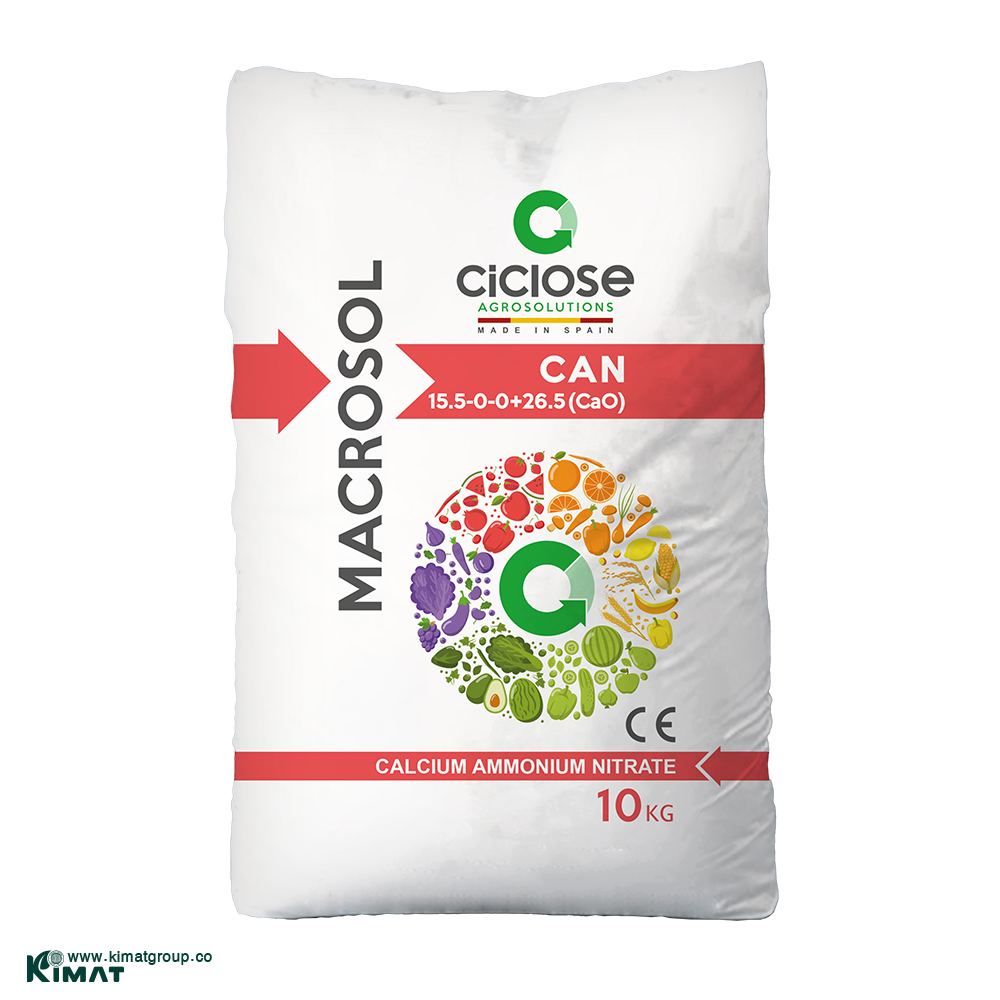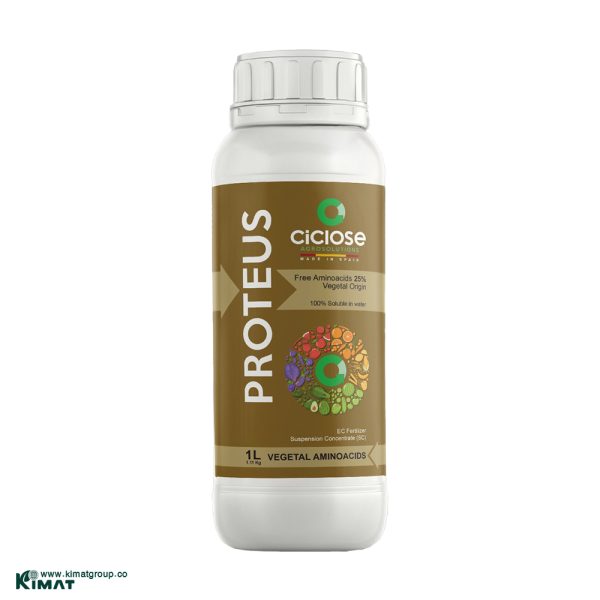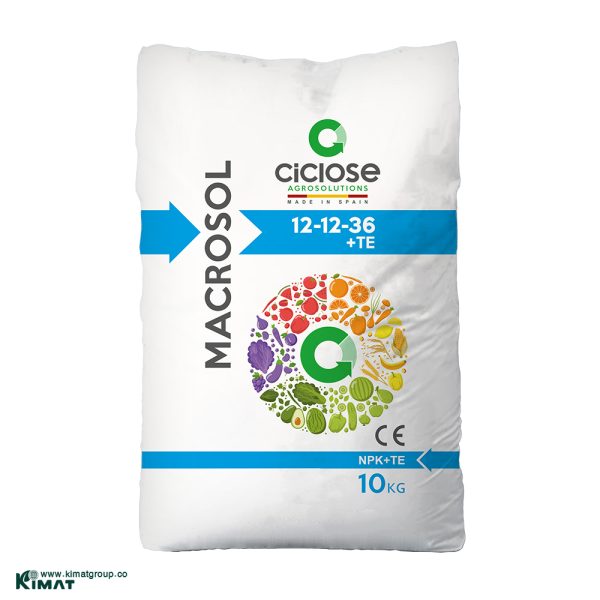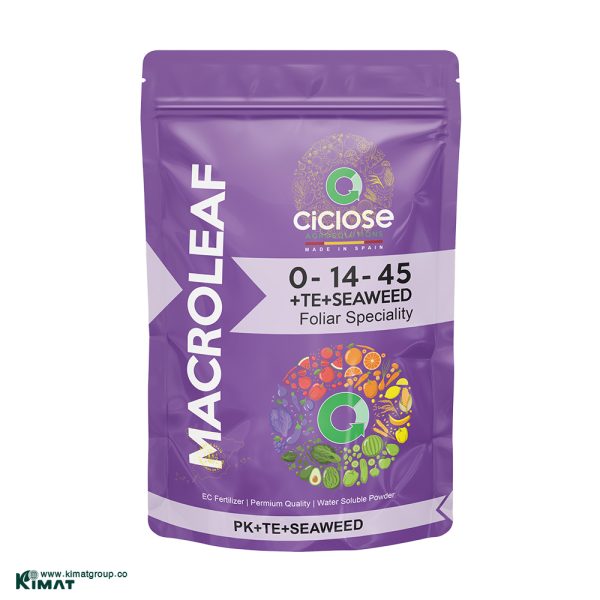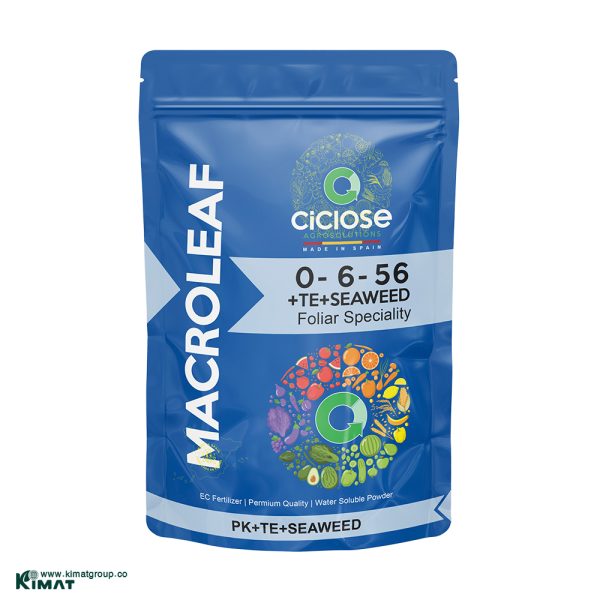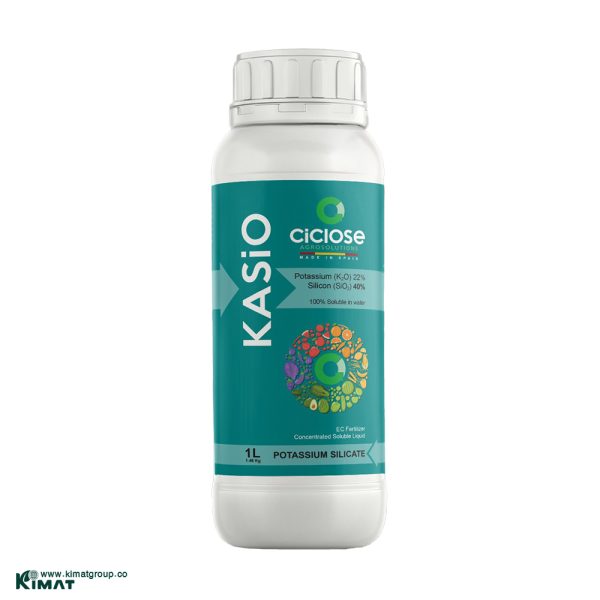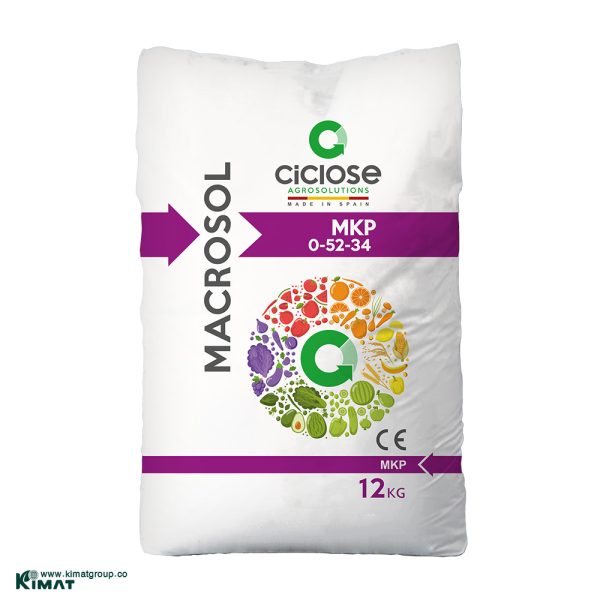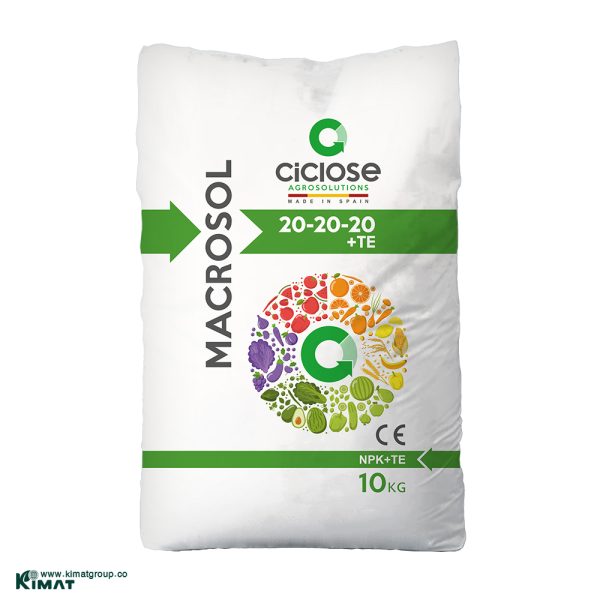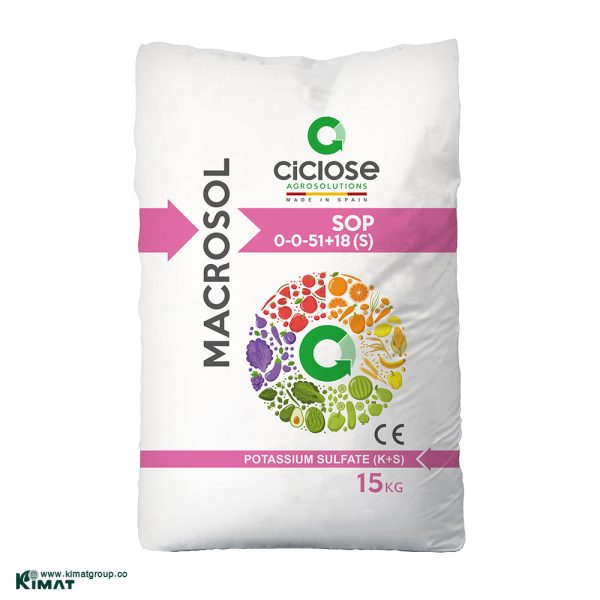Ciclose Granular Calcium Nitrate is a white granular fertilizer with high purity and rapid dissolution in the soil. This compound is an effective nutrition for enhancing vegetative growth, cell strength, increasing fruit quality, and also improving saline and alkaline soils. The special formula of this calcium nitrate makes it an ideal choice for basic fertilization in a variety of garden, greenhouse and field crops.
Calcium nitrate
CALCIUM NITRATE
Code registration number: 68457
Calcium nitrate fertilizer is a rich source of two essential elements, calcium and nitrogen, for plants and is rapidly absorbed by plants due to its high solubility. This fertilizer strengthens cell walls, improves root growth, increases fruit quality and shelf life, and increases plant resistance to diseases and pests. It also provides nitrogen, enhances photosynthesis and green growth, and is very effective in treating and preventing calcium deficiency in various crops. Calcium nitrate improves soil structure and is widely used for a variety of crops and gardens.

- Product introduction
- Features and Benefits
- Analysis
- Usage instructions
- Mixability
- Additional Information
- Prevents leaf tip dryness, flower bud rot (tomatoes, peppers), fruit cracking (grapes, pomegranates)
- Strengthens cell walls and increases fruit storage
- A vital role in cell division, material transport and improving plant tissue strength
- Rapid absorption and helps healthy green growth without nitrate accumulation
- Stimulates uniform growth and greenness with minimal damage to the plant
- Excellent compatibility with other nutrients
- Quick activation with the first irrigation
- Free of chlorine and harmful salts
- Suitable for saline or alkaline soils
- Safe for sensitive plants such as pistachios, olives and vegetables
|
Total nitrogen (N) |
15.5% |
|
Nitric nitrogen (N-NO3) |
14.5% |
|
Ammoniacal nitrogen (N-NH4) |
1.0% |
|
Water-soluble calcium oxide (CaO) |
27.0% |
Granulometry (typical): Granules, 80% of the product has a particle size between 1-5 mm.
Dose according to the crop’s nutrition requirements and agronomic conditions. Typical application rates range from 0,1-1 g/L drip solution for fertigation; 1-3 kg/100L spray solution for foliar application.
Calcium nitrate
1. Safety tips for the user:
- When using, wear gloves, a mask, and protective glasses to prevent direct contact with skin and eyes.
- In case of contact with skin or eyes, rinse immediately with plenty of water.
- Avoid direct inhalation of product vapors or particles.
- Keep out of reach of children and animals.
- After use, wash your hands and face with soap and water.
2. Storage conditions:
- Store in a dry, cool place away from direct sunlight.
- Protect from frost and temperatures above 35°C.
- Close the product lid tightly after each use to prevent contamination and evaporation.
3. Precautions for the plant and the environment:
- Do not use more than the recommended amount, as it may cause leaf burn or disrupt plant growth.
- Spraying should be done during the cool hours of the day (early morning or evening) and in windless conditions.
- Perform a compatibility test before mixing with other fertilizers and pesticides.
- Avoid allowing residual solutions to enter water sources, rivers, and drinking water wells.
- If the product is spilled on the ground, clean it up with absorbent materials such as soil or sand and prevent it from entering the sewage system.
For precautions when mixing with other fertilizers and pesticides, the following points should be noted:
- Before mixing, perform a compatibility test. Mix a small amount of the product with the intended fertilizer or pesticide in a small container and check that no precipitation, discoloration, or abnormal reaction occurs.
- Do not mix with high calcium fertilizers (such as calcium nitrate) and compounds containing copper and sulfur. These compounds may cause precipitation and reduce effectiveness.
- Do not mix with strong alkaline compounds (PH above 8) such as some agricultural pesticides and detergents, as this may cause the breakdown of amino acids and reduce product efficiency.
- Be careful with mineral oils and petroleum-based compounds. In some cases, they may reduce absorption or stain the leaves.
- Mixing with systemic insecticides and fungicides is usually safe, but caution should be exercised regarding dosage. It is always recommended to test on a few plants before using on a large area.
- For liquid fertilizers and humic acids, mixing is usually straightforward, but the order of addition is important. Add water first, then amino acid, and finally other fertilizers to prevent settling.
- After preparing the solution, use it immediately. Prolonged storage of the solution may cause deterioration of quality and precipitation.
Additional information
| Weight | 10 kg |
|---|---|
| کشور تولید کننده | |
| موارد مصرف |


